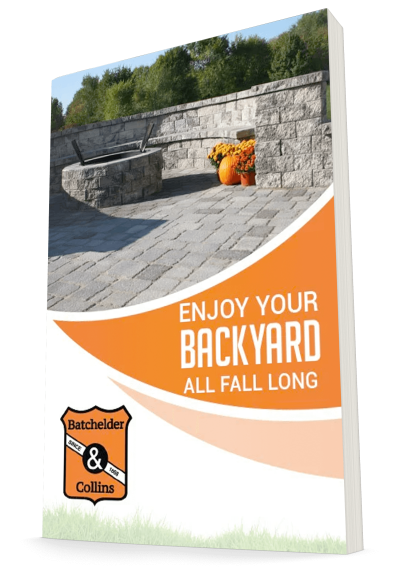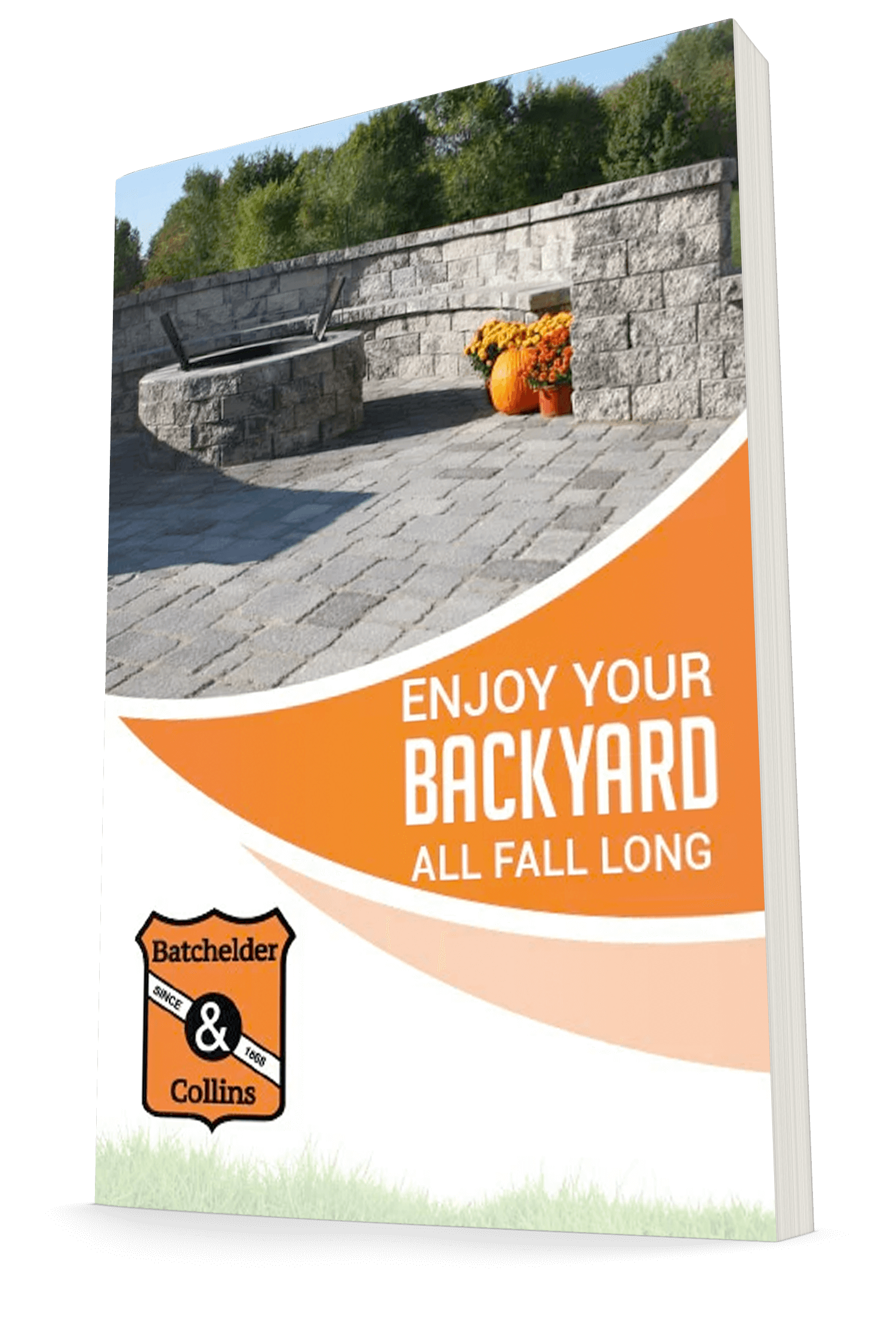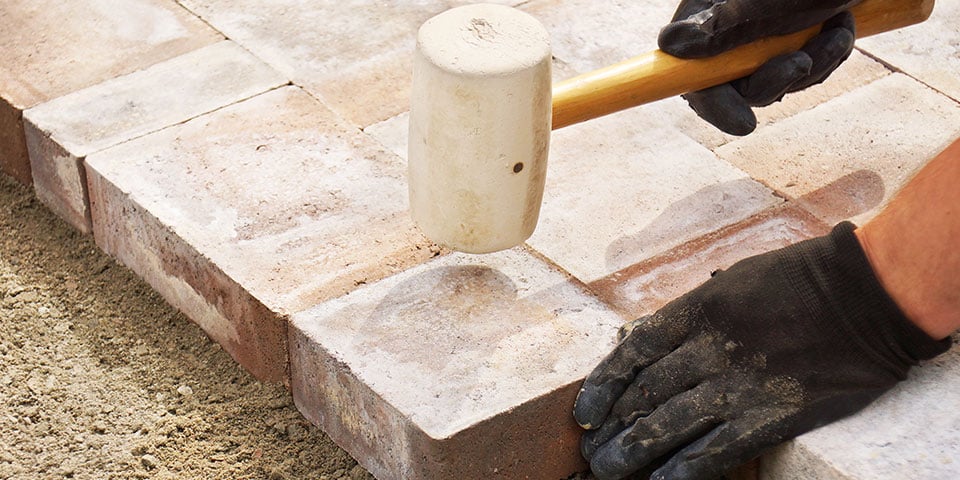Thin Brick Paving: What You Need to Know

Have your concrete patio and the walkway to your front door seen better days? Would you like to have a fresh, new look that adds appeal to your property as well as value? Residents of coastal Virginia, where the weather is sometimes harsh and unpredictable, have found that real brick adds lasting good looks to homes and businesses.
Thin brick pavers are a smart choice to rejuvenate an aging patio surface or resurface the path to your home’s entry. They require little maintenance and are strong enough to stand up to the wear and tear of foot traffic. They are also cost-effective and provide an attractive alternative to asphalt, gravel, or poured concrete.
If you are looking for a trusted source for all masonry supplies in the Norfolk area, Batchelder & Collins, Inc. has you covered. We have helped homeowners across Hampton Roads, enhance the appearance and value of their property, whether they’re working with a contractor or thinking about a DIY project.
What is a Thin Brick Paver?
Brick, whether thin or thick, is a clay product available in a variety of colors and finishes. When building a brick wall, you often use bricks with holes through the center to provide more stability. Brick pavers have no such holes. They are solid, which makes them stronger, and are designed to lay flat on the ground.
Thin brick pavers, on the other hand, are thinner than standard brick pavers and are designed to lay on top of another surface. Additional names you might hear for thin brick pavers include thin-cut brick, brick tile, or brick veneer. No matter the type of paver you need, our in-store experts will provide guidance so you can make the best purchase.
4 Reasons You Should Choose Thin Brick as Your Paver
The prime advantages of thin brick are its durability and low-maintenance qualities, but the range of styles, shapes, and colors and the diversity of suitable applications for thin brick make it highly desirable for both interior and exterior use. Installation is relatively simple, and, in many cases, requires no specialized tools.
It is Easy to Install Over Other Surfaces
Because brick veneer is lightweight and bonds easily to other surfaces, it is easy to transform a dated surface with brick veneer. Thin brick pavers can be set in a sand base, installed over existing concrete, or laid on well-prepared, tamped soil to create a garden patio.
Thin brick can also be laid in interesting patterns, including herringbone designs, and different brick colors and blends are often combined for dramatic effect. Because of its versatility, thin brick has many interior applications as well, such as updating a kitchen backsplash or fireplace.
The Look and Feel of Brick — For a Fraction of the Cost!
Brick is considered an upscale building material, and traditional brick can be expensive. With thin brick veneer, it’s possible to achieve the look and feel of elegance and tradition at a reasonable cost.
DIY Friendly
While installing a brick floor requires patience, an eye for detail, and painstaking measurement, it is entirely within the capabilities of dedicated do-it-yourselfers. It can be a rewarding and cost-efficient way to transform the appearance of your home and add value to your investment at the same time.
Low Maintenance and Durable
Once installed, you can expect trouble-free enjoyment for years to come from your brick patio or walkway. Brick will not buckle or warp from moisture or excessive rain, and it does not fade or require refinishing due to sun or seasonal temperature variations. It is not easily stained and is not subject to the rot and decay of other building materials.
Are There Any Disadvantages to Using Thin Bricks?
Thin bricks are a great alternative to regular bricks as long as they are properly installed. They are great for updating the look of an old, uneven patio, making the cracks in an old sidewalk disappear, and for adding a new look to garden paths and walls.
Thin brick is not usually the best choice for a driveway, because it might not withstand the weight of heavy vehicles and constant use. Full-size bricks for driveway use would be a better choice, but professional installation is advisable.
Installing Your Thin Brick Pavers
Step 1: Grab All Your Materials
You will need some common tools and equipment before you begin. Also, it’s easier to work with a helper, so draft a partner or best friend to help.
Here’s what you need, in addition to the required brick pavers for the area you plan to cover:
- A 16-foot tape measure, at the minimum
- Chalk
- Broom
- Landscape fabric
- Polyurethane construction adhesive
- Masonry sand and/or polymeric sand
- Plate compactor
- Level
- Tile saw
- Garden hose
- Personal safety equipment
Step 2: Prepare Your Surface
Cut any grass around the concrete you wish to cover. Be sure to remove any dust or debris. Your surface should be clean and dry before you begin.
Step 3: Mark the Perimeter for Your Edge Pavers
Carefully measure and mark the perimeter with chalk lines that show the exact location of edge bricks — mark interior and exterior lines so you know exactly where to place the bricks. The edge bricks should be about one inch thicker than the thin bricks you plan to use.
Step 4: Spread Your Adhesive and Place Edge Pavers
Use polyurethane construction adhesive to set the edge bricks, making any cuts necessary to place them as closely together as possible.
Step 5: Lay Your Bricks
Once the edge bricks are set, you’re ready to prepare the center section. Spread landscape fabric over the surface area, and then evenly coat the entire surface with about one inch of sand. Check with a two or four-foot level and adjust as needed. Make sure the thin bricks will be the same height as the edge bricks when they’re installed.
Step 6: Set the Pavers
Following the pattern you have chosen, carefully place your clay bricks onto the prepared sand surface. Cut bricks as necessary with a tile saw to fill the entire space. Then, use a plate compacter to stabilize the interior bricks in both directions.
Step 7: Fill the Spaces Between Bricks
Sweep polymeric sand into the spaces between the bricks; then sweep the surface clean and spray gently with water to harden the sand and secure your patio installation.
Virginia’s Most Trusted Carrier of Thin Bricks
Bricks are a wonderful option for leveling an uneven patio or repairing a cracked sidewalk. But, there are many choices, sometimes feeling like too many. What’s the difference between pavers and thin bricks? Is there a price difference? Are there paving bricks to complement your home’s existing appearance? We have all the answers to your questions!
Batchelder & Collins, with a history of serving local customers for nearly 150 years, and locations in both Norfolk and Williamsburg, can walk you through everything you need to know to get the perfect design for your property. Contact our store via phone or our website.
Contact us now to get the information and answers you need.
Enjoy Your Backyard All Fall Long

Now is the perfect time to take advantage of autumn’s mild days to prepare your backyard for the cold months ahead. But who’s to say you can’t still enjoy your backyard, spending time with your family, and cooking outdoors all fall long.
"*" indicates required fields



